Fishing the Upper (Upper) Allegheny River
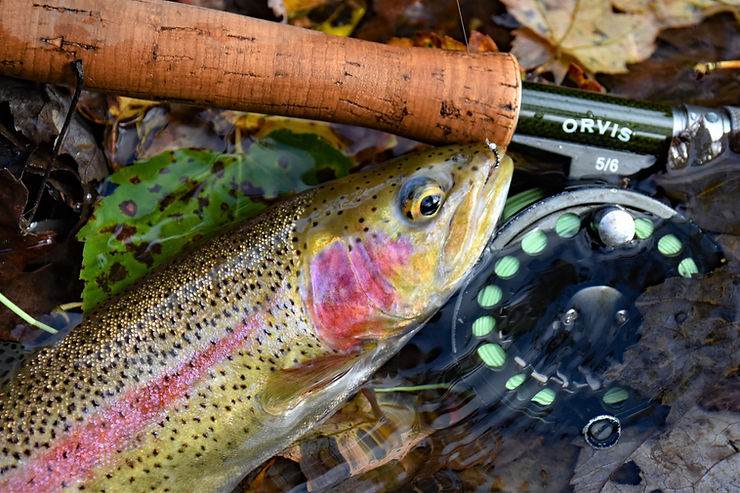
Looking at the Allegheny River near Pittsburgh, it’s hard to imagine that several hundred miles upstream, that same body of water is small enough to jump over. It’s rare that a river of that eventual magnitude has such modest beginnings. Take the Ohio River, for example, which is formed by the merging of the Monongahela and the Allegheny. Even the Monongahela is formed by the confluence of the West Fork River and the Tygart Valley River. Backtrack almost every major river in the country and you will find a network of smaller waters that combine to create something larger. All of them, that is, except for the Allegheny River.
Search hard enough around Cobb Hill in northcentral Potter County and it’s possible to locate the precise spot where the Allegheny River roils up out of the ground. From there, the river quickly gains volume, and in no time becomes a bona fide fish factory.
When most people think of trout fishing on the Allegheny River, they imagine the tailrace below the Kinzua Dam. And rightfully so. That’s excellent trout water. The reservoir itself also holds a strong population of brown trout, many of which run for miles upstream in the fall to spawn. All of these areas can be considered the “upper” Allegheny in the eyes of most western Pennsylvanians. However, travel a good bit farther – two hundred miles or so – and you’ll find the “upper upper” Allegheny, which is a more classic-looking trout stream.
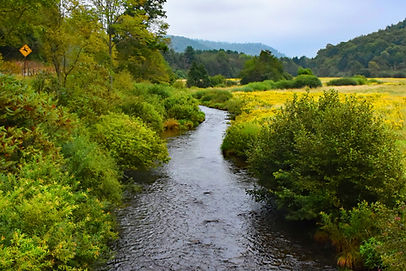
The Upper Upper Allegheny
I’d consider the “upper upper” Allegheny to include all of the river sections upstream from Port Allegany in McKean County. In fact, the lowest stocking point on this stretch of river is near the mouth of Portage Creek on the southside of town. Roughly 24 miles of river is stocked with trout, which seems like such a tiny section compared to the river’s total length of 325 miles.
The lower part of this section is quite unique. From what I’ve seen, especially during summer, low water conditions, you can fish a pool deep enough to submerge a Sherman tank and then cross the river only a few yards downstream where it’s only ankle deep. It’s almost as if the river, in some places, is just a series of potholes connected by shallow riffles. When water levels are up from fall through spring, this is less noticeable.
As you move upriver, depth changes are more gradual and you’ll find the typical pool, riffle, run format of a typical trout stream. In some places, it’s pretty big water, with some big, beautiful pools, especially just downstream from Coudersport. I enjoy fishing this section quite a bit. You just never know what you’re going to pull out of those deep haunts. Depending on the time of year, it could be smallmouth bass, walleyes, or the brown trout of a lifetime.
Unfortunately, the Allegheny River is flood-controlled through Coudersport, which doesn’t make for attractive fishing – although I have heard stories of some nice fish caught out of those concrete troughs. Personally, I wouldn’t recommend even trying to fish there because of the danger factor. The walls are steep, and if you lose your footing, you could end up in the rushing water. Even if you weren’t knocked unconscious and drowned, you’d have an interesting time hauling yourself back up to safety.
Above Coudersport, the Allegheny River is a typical small stream roughly 20-40 feet wide. It offers plenty of nice pools and productive runs with good structure, and it’s an oft-overlooked section of river that’s remarkably under fished.
Access is easy to find. Route 6 parallels the river from Port Allegany to Coudersport. In Coudersport, take Route 44 north to continue following the river toward its source. This section flows through a nice mix of wooded areas and pastureland. Above Coudersport, where the valley widens and the mountains loom, is very scenic.
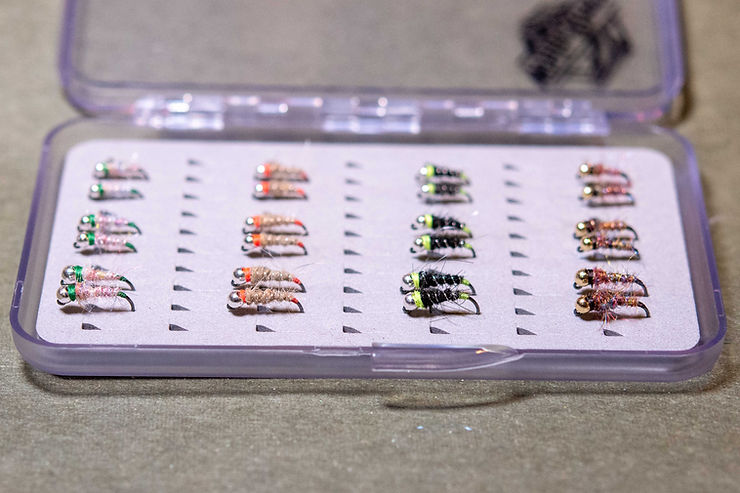
(Have you checked out the online store lately? New flies and assortments are being added every month. Use promo code “25OFF” at checkout to receive 25% off of your entire order.)
Mayfly Hatches
The Delayed Harvest Artificial Lures Only (DHALO) section begins approximately .35 miles downstream of the confluence of Peet Brook at Colesburg and extends 2.7 miles down to the ford 500 meters downstream of Prosser Hollow Road. Basically, the bridge on Prosser Hollow Road is the last stocking point along the DHALO – at least, it was both times I’ve seen it stocked.
The Allegheny River has all the typical spring mayfly hatches, and some of them can be heavy. Early Black Stoneflies, Blue Quills, Quill Gordons, Hendricksons, March Browns, and Sulphur are all abundant. Later in the season, three species of drakes can be found (Green, Brown, and Slate) in good numbers.
Like most northcentral streams, fishing can be slow in early spring. But once water temperatures starting to rise, the bite gets better. From mid-May until mid-June, the Allegheny River is about as good as it gets in the northcentral region of the state.
Later in the season can be good, too. Downriver from Coudersport, trout fishing opportunities get dicey during hot, dry summers. Fish seek thermal refuge in the deep holes and colder tributaries, but once the water temps come down in the fall, many of those fish disperse throughout the stream again and provide good fishing.
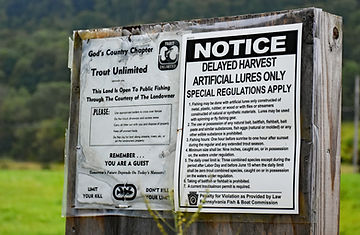
Year Round Opportunities
Upriver from Coudersport provides consistent fishing year round. Many times, I’ve set out on the DHALO in late summer with low expectations only to find lots of hungry trout. The key here is to fish early in the morning before it gets too hot. Also, once the water temperature approaches 70 degrees F, you’re probably better off waiting for a cold snap.
Most recently, I fished the DHALO over Labor Day Weekend. I found a long pool with a submerged rock ledge and an undercut root system. The ticket that day was a size 16 Pheasant Tail Nymph with a size 20 Tungsten Zebra Midge dropper fished under a strike indicator. I caught seven fish in two hours, three on the Pheasant Tail and four on the Zebra Midge before it got so hot that the trout stopped biting. One of those fish was a 7-inch streambred brown.
The Allegheny River has been referred to as the “Watershed of the Nation.” If you’re interested in the history of the river, from its headwaters to its mouth, I highly recommend the book “The Allegheny River” by Jim Schafer and Mike Sajna (Penn State Press 1992). It’s a beautiful book loaded with awesome photographs and interesting stories about the history of the watershed and its people. The book is worth a read, and the “upper upper” Allegheny River is definitely worth a visit on your next fishing excursion.
Sign up for the Dark Skies Fly Fishing e-newsletter
It's free, delivered to your inbox approximately three times each month. Your information is always kept private and used for the sole purpose of keeping you up to date on blog posts and specials in the online store.
Sign Up Now